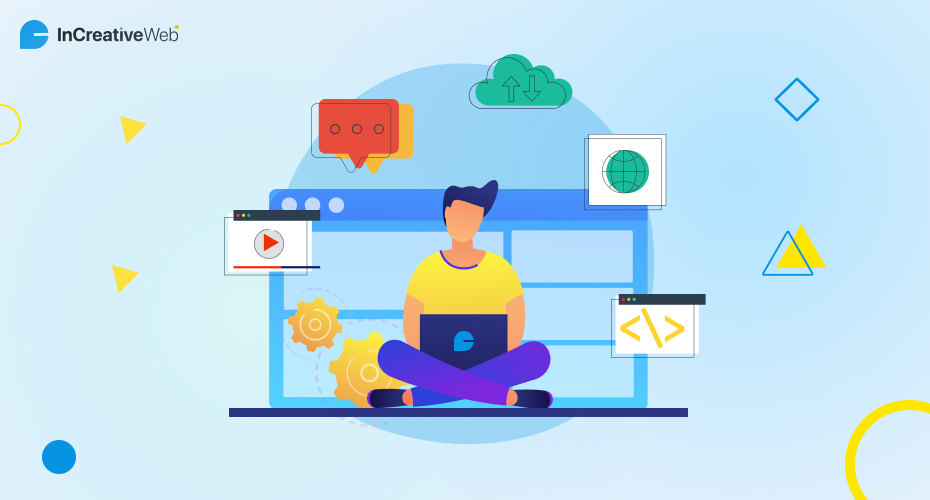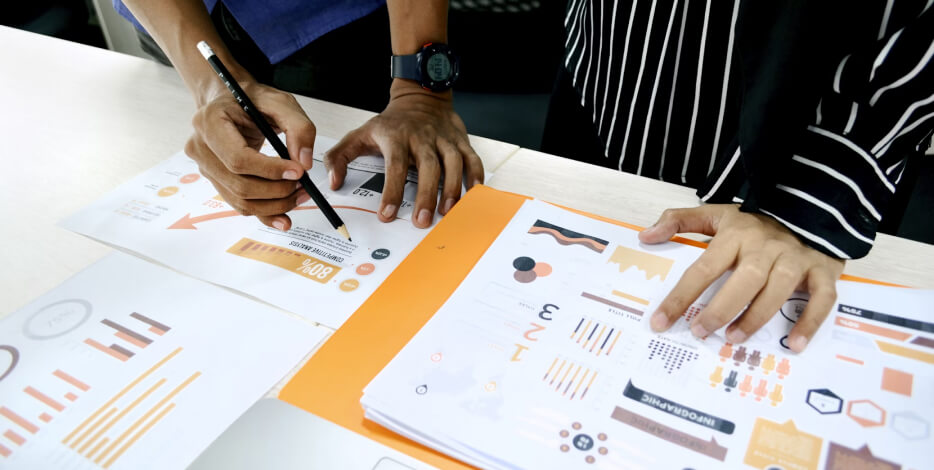CSS scaling is important in improving user experiences on a range of screens and devices in this in-depth tutorial. You can guarantee that your site designs stay responsive, aesthetically pleasing, and user-friendly by becoming an expert in CSS scalability techniques.
This will greatly increase user happiness and engagement. Understanding CSS scalability principles is crucial for web developers of all experience levels to build flexible and efficient websites that satisfy the wide range of demands of contemporary consumers.
Back then, web development relied solely on HTML as its primary tool. Style and aesthetics were nonexistent concepts.
97.1% of websites worldwide, use CSS according to a survey.
In today’s digital world, where people’s attention spans are getting shorter by the day, CSS is essential to keeping consumers glued to your site.
Changing UI Development to Improve User Experience
A key factor in the transformation of UI development is CSS. The user experience is enhanced overall as a result.
By offering a unified and aesthetically beautiful design that functions well across several platforms, it elevates UX/UI to a new level.
On any device, a seamless user experience is guaranteed by the responsive layouts.
Animated transitions and animations enabled by CSS make interfaces not only functional but visually appealing.
The clever separation of content and style made possible by CSS makes development simpler and enables for faster iterations and updates that increase user satisfaction.
CSS gives designers the flexibility to create aesthetically pleasing user interfaces that meet a range of user requirements. Consequently, this greatly improves the usability and overall user experience of web apps.
How can I incorporate CSS and what does it mean?
The framework of the website is made using HTML, a common markup language. By defining components and their placement, it molds the content of the website.
On the other side, CSS is a styling language that highlights HTML to give your website a certain look. Your web pages are made aesthetically pleasing using CSS. It controls how various HTML elements are presented and laid together.
In other words, CSS offers dimensions, and HTML gives your website structure.
An instance of HTML code can be found here:
<!– Button Component –>
<button class=”button”>Click me</button>
<!– Card Component –>
<div class=”card”>
<img src=”image.jpg” alt=”Card Image” class=”card__image”>
<div class=”card__content”>
<h2 class=”card__title”>Card Title</h2>
<p class=”card__description”>Card Description</p>
</div>
</div>
Two parts are defined by this code: a button and a card.
The text “Click me” is displayed on the button, which belongs to the class “button.”
The card is composed of three distinct classes (“card__image,” “card__title,” and “card__description”) each containing an image, a title, and a description.
It creates a scalable framework for designing unified user interface components.

A button with the class “button” is styled using the following example of CSS code:
/* Button Styles */
.button {
display: inline-block;
padding: 10px 15px;
font-size: 16px;
background-color: #3498db;
color: #fff;
border: none;
border-radius: 4px;
}
The stylistic guidelines for this class are contained in the class “.button”, which gives all of its components a uniform appearance.
For buttons belonging to this class, it sets parameters like display, padding, font size, background color, text color, border, and border-radius to give them a unified and aesthetically pleasing look.
Now that we are aware of the functions and definitions of CSS, let’s examine its various applications.
Three methods are available for adding CSS:
Inline CSS
Style declarations are directly embedded into HTML components by using inline CSS. We can apply style to each element individually with Inline CSS. Applying a style to an HTML element utilizing its style property is done with inline CSS.
Although it offers high specificity and is very fast to design, CSS that uses this style cannot be reused on different elements.
Internal CSS
In the <head> portion of an HTML page, internal CSS embeds declarations inside the <style> element.
Code readability and maintainability are improved by separating the HTML content using this technique.
Although it can only be used for one page, internal CSS is somewhat superior than inline CSS.
External CSS
Style declarations are embedded via external CSS and are kept apart from the HTML content in a separate CSS file.
Adding its URL to the <head> element of each HTML page will allow us to apply external CSS.
The quickest and most straightforward method for writing reusable and maintainable CSS is to use external CSS.
Because it can be used anywhere on your website, it has a great reusability. It is also applicable to other projects if needed.
Use a Consistent Design System
In order to guarantee a seamless and enjoyable UI/UX, consistency is crucial. It keeps the visual clutter and confusion out of your work.
Forbes claims that you can boost your sales by 23% by implementing a consistent design system.For consistency, it is therefore imperative to adhere to a design system.
Create and maintain a comprehensive style guide that serves as a reference for developers, including documentation of design patterns, color schemes, typography, and other visual aspects.
In order to maintain a consistent coding style and improve code quality, utilize formatting tools and code lines.

Responsive Design
Responsive design is another important consideration. It is crucial to design with responsiveness in mind at all times.
Designers may produce a stunning responsive user interface (UI) that enhances the user experience by utilizing CSS to support a variety of resolutions and orientations. Hiring a freelance UX designer with expertise in responsive design is essential. They can ensure that your website or application is optimized for seamless interaction across devices. They also delivers consistent and engaging user experience regardless of screen size or platform.
You may create designs that are responsive to various screen sizes and devices by using CSS media queries, which will increase user happiness and retention.
Using CSS Frameworks
In order to save developers from having to start from scratch, CSS frameworks are similar to toolkits that are pre-loaded with components, layouts, and styles.
They enable for quicker development and provide a unified look throughout the site with their responsive grids and uniform design language.
Coders can concentrate more on customisation instead of starting from scratch thanks to popular frameworks like Bootstrap, which offer a strong foundation for styling.
We can develop CSS that is more scalable and maintainable, which guarantees efficiency and improves the UI/UX, by incorporating CSS frameworks.
Final Words
The secret to achieving excellent user experience and beautiful aesthetics is CSS.
The user experience could be ruined by excessive CSS use since it could lengthen load times and result in other problems.
Using CSS in UI development improves the user experience by making it more seamless and enjoyable in addition to its aesthetic appeal.
Thus, having a thorough understanding of CSS will put you on the right track to success in the rapidly changing online landscape as you develop your blog, website, or web application.
InCreativeWeb specializes in UI/UX design and development services, leveraging CSS effectively to enhance user experiences and ensure beautiful aesthetics. By focusing on optimal CSS usage, InCreativeWeb creates seamless and enjoyable interactions. Our designers avoid pitfalls such as prolonged load times for a successful online presence in today’s dynamic digital environment.
Author
Jayesh Patel
Jayesh Patel is a Professional Web Developer & Designer and the Founder of InCreativeWeb.
As a highly Creative Web/Graphic/UI Designer - Front End / PHP / WordPress / Shopify Developer, with 14+ years of experience, he also provide complete solution from SEO to Digital Marketing. The passion he has for his work, his dedication, and ability to make quick, decisive decisions set him apart from the rest.
His first priority is to create a website with Complete SEO + Speed Up + WordPress Security Code of standards.